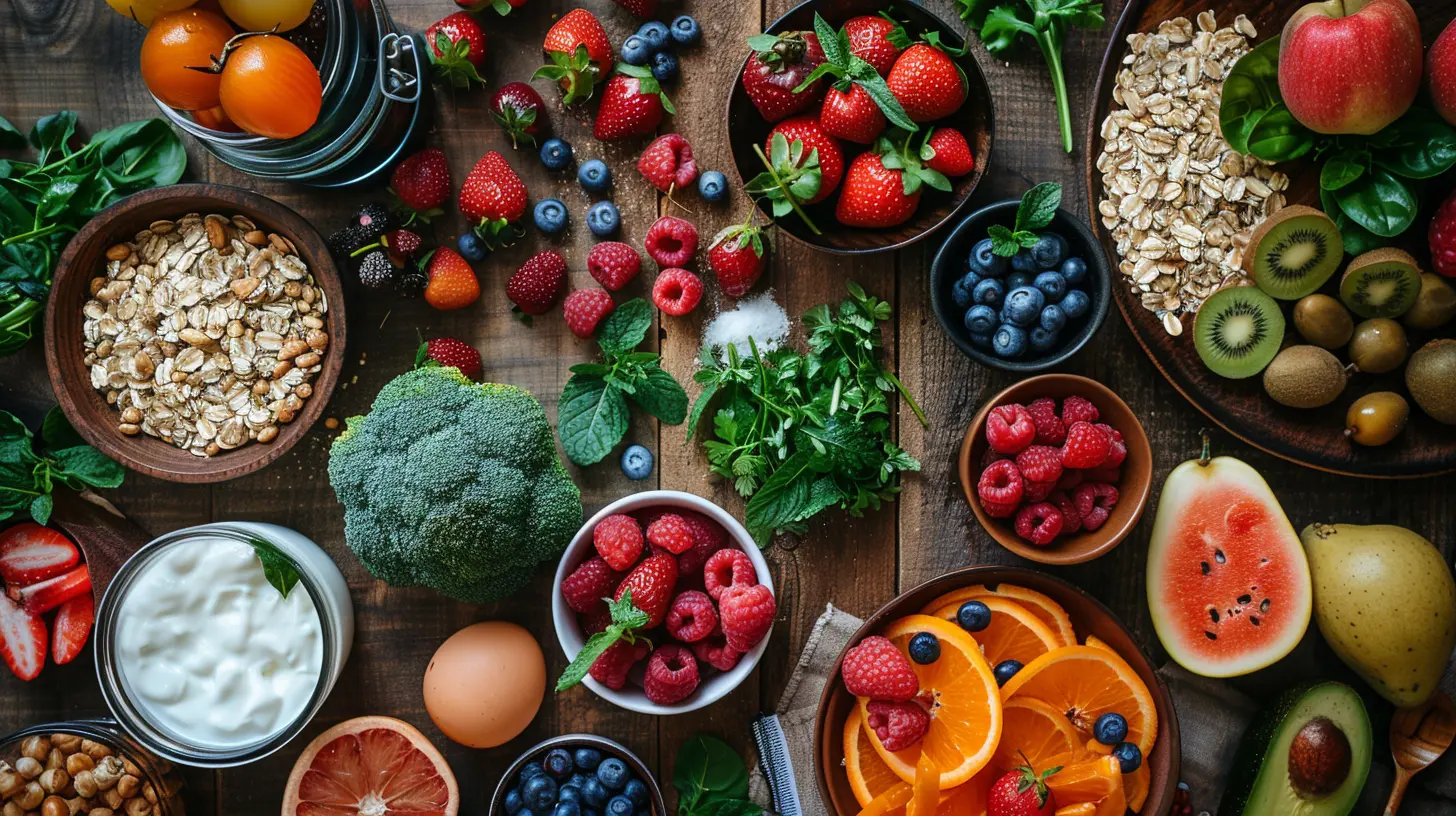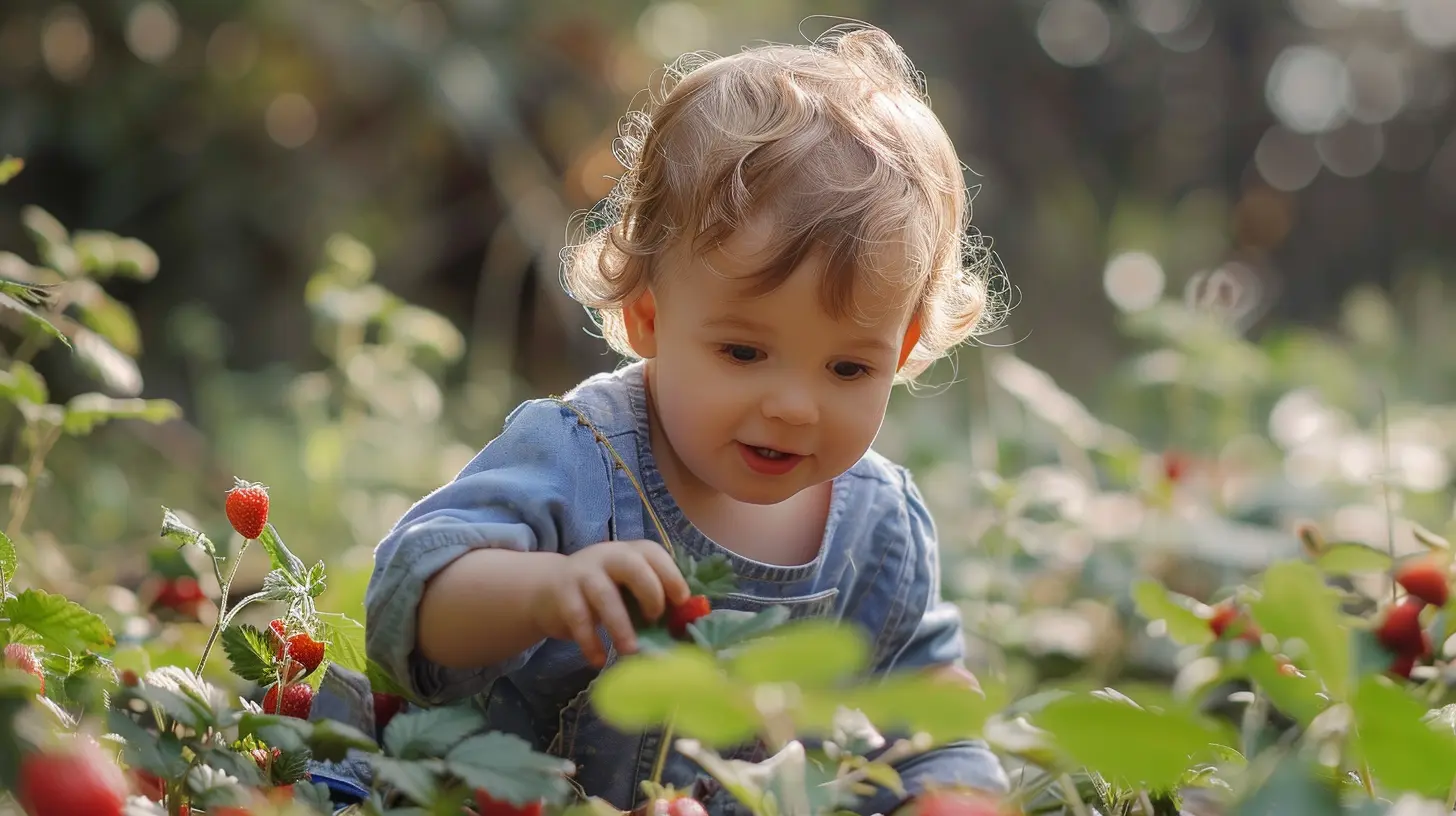Building Healthy Eating Habits for Your Picky Toddler
5 October 2025
Let’s be real—feeding a toddler is like trying to serve a five-course meal to a goldfish. Blink, and all the peas are squished into the chair cushions, apples are on the dog’s head, and the broccoli? Vanished into thin air (probably under the couch). Sound familiar? If you’ve got a picky eater on your hands, congratulations—you're in the club, and trust me, it's a big one.
But before you start Googling “how to hire a personal chef for a toddler,” take a deep breath. Building healthy eating habits for your picky little human isn’t impossible. It just takes a bit of strategy, a dash of creativity, and a whole lot of patience (and coffee—definitely coffee). So grab your snack (yes, even the broken goldfish crackers count) and let’s dive into this tasty topic.
Introduction: Why Toddler Eating is Such a Circus
Toddlers are like mini food critics. One day they love bananas. The next day? Bananas are the enemy. This isn’t just to test your sanity—though that might be a side bonus. Picky eating is actually a normal part of toddler development. Their world is expanding, but they crave control. And what’s the easiest thing to control at the dinner table? What goes into their tiny mouths.But here's the truth: what feels like an uphill battle is actually an opportunity in disguise. With the right tactics, you can help your toddler set the stage for lifelong healthy eating habits—without turning mealtimes into an Olympic event.
1. Understand the Toddler Mindset (Yes, Really)
How can a kid who thinks dirt is edible suddenly declare strawberries “too squishy”? Welcome to toddler logic. Understanding this mindset is key.Toddlers are:
- Naturally skeptical of new things (including foods)
- In a stage of asserting independence
- Still learning about hunger and fullness cues
When a toddler says “no” to food, it’s often not about the food—it’s about control, routine, or simply a mood swing that rivals a teenager’s. If we look at it through their eyes, we can start to guide instead of react.
2. Ditch the “Clean Plate Club”
Gone are the days of “eat every last bite or else.” Forcing a toddler to clean their plate can backfire big-time. Why? It teaches them to ignore their own hunger cues, and that’s a slippery slope into overeating later in life.Instead, offer age-appropriate portions and let them decide how much to eat. Your job? Choose what’s offered. Their job? Choose what (and how much) they eat. Think of it as a mealtime partnership—minus the contracts and paperwork.
3. Embrace a Routine (Toddlers Love Routine)
You know how they insist on wearing the same dinosaur pajamas for four nights straight? That’s their love for routine showing. Use that to your advantage.Set up regular meal and snack times, and try to eat in the same place (like the kitchen table or high chair). This helps toddlers know what to expect, making them more likely to try new things without the drama.
Bonus tip? Have them help set the table. It gives them some responsibility and a sense of control—sneaky parenting win!
4. Make Food Fun (Presentation is Everything)
Let’s face it: half the reason adults love charcuterie boards is because they’re fun to look at. Toddlers feel the same way.Try this:
- Turn food into shapes with cookie cutters (stars, hearts—go wild).
- Arrange fruits and veggies into smiley faces.
- Give meals silly names like “dinosaur trees” (broccoli) or “rocket fuel” (whole grain pasta).
The goal? Take the pressure off and make food exciting instead of scary.
5. Keep Introducing New Foods (Even When They Say No 47 Times)
Here’s a secret: your toddler doesn’t have to love a new food the first time they try it. Or the second. Or the ninth. Research says it can take up to 15 exposures before a toddler accepts a new food.So don't give up after the first nose wrinkle. Keep offering that roasted sweet potato alongside their favorite foods. No pressure, no forced bites—just quiet persistence. Think of it like dating: sometimes it takes a few bad dates before you meet "the one."
6. Be a Healthy Role Model (Sorry, No Hiding in the Pantry)
We can’t expect our toddlers to eat their veggies if we’re secretly scarfing down chips in the kitchen corner. (Guilty as charged.) Kids are like little sponges—if they see you enjoying a variety of foods, they’re more likely to mimic your behavior.So sit down with them, eat what they eat (or at least pretend to), and show them that veggies aren’t just rabbit food. Bonus: even if they don’t eat the zucchini, they’ll remember seeing you love it. That visual memory is powerful.
7. Offer Balanced Choices (Within Toddler Reason)
You don’t need to serve a seven-item salad bar at every meal, but balance is key. Think in terms of:- Protein: Eggs, beans, chicken, yogurt
- Fruits and Veggies: Colorful variety
- Whole Grains: Whole wheat bread, brown rice, oats
- Healthy Fats: Avocados, nut butters (the non-choking kind)
Offer a couple of options and let them decide. For example: “Do you want apple slices or banana with your lunch?” Giving them control within limits gives them a sense of power while still keeping your sanity intact.
8. Avoid Bribes and Bargains (They’ll Outsmart You Eventually)
“Just two more bites and you’ll get ice cream!” Sound familiar? Bribes might work in the short term, but they can mess with your kid’s relationship with food. It teaches them that healthy food is just a hurdle before the reward.Instead, make dessert a normal part of meals sometimes—no strings attached. This helps remove the “forbidden fruit” mentality and decreases sugar obsession. Mind blown, right?
9. Involve Your Toddler in the Kitchen (Chaos, But Worth It)
Yes, cooking with a toddler is...a tornado. But it’s also magic. When kids are involved in preparing meals, they’re more likely to try what they’ve made.Let them:
- Wash veggies
- Stir batter
- Sprinkle toppings
- Choose between two types of fruit
Even just pouring their own milk gives them a sense of pride. And trust me, those little hands wash better when they’ve been elbow-deep in mashed potatoes.
10. Manage Your Own Expectations (And Breathe)
Repeat after me: one meal does not define my parenting.Some days, your toddler might eat half a chicken breast and three types of veggies. Other days, they’ll survive on crackers and air. That’s normal. How they eat over a week is more telling than how they eat in a day.
Your job isn’t to be perfect—it’s to build habits little by little that help your child grow up with a healthy relationship with food. If today was a bust? There’s always breakfast.
Bonus Section: Quick Tips for Less Mealtime Mayhem
- Use divided plates for picky eaters who hate foods touching.- Keep meals short and sweet—20-30 minutes is plenty.
- Offer water between meals instead of juice to encourage eating, not sipping.
- Establish a “one polite bite” rule if they’re old enough—not forced, but encouraged.
- Unplug during meals (yes, even Baby Shark can take a break).
Final Thoughts: Progress Over Perfection
Building healthy eating habits for your picky toddler isn’t about winning every mealtime battle. It’s about planting seeds—one broccoli floret at a time. Your toddler might not become a kale-loving foodie overnight, but with consistency, patience, and a dash of humor, you're laying the foundation for a healthy future.So next time your toddler flings their carrots across the room, smile (or at least smirk), clean up the mess, and remember: you’re doing an amazing job. Even if lunch ended with jelly in someone’s hair.
all images in this post were generated using AI tools
Category:
Parenting ToddlersAuthor:

Austin Wilcox
Discussion
rate this article
1 comments
Arwenia Mercado
Great tips, thank you!
October 18, 2025 at 4:23 AM

Austin Wilcox
You're welcome! I'm glad you found them helpful!


